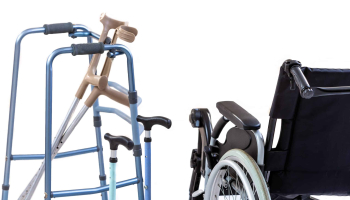Autistic and Parkinson’s patients experience more intense feelings of fear, apprehension and worry. Anxiety is an internal event making it hard to understand, assess or treat.
It is therefore important to learn how to manage anxiety in autistic people.
- Identify primary cause of anxiety
The first step in trying to manage any situation is to find out what provokes it. Read their emotions and find out what sets them off. Ask the autistic person to note down anytime they feel anxious, how they react and what caused it. This way, they gain an understanding of their emotions.
- Remove the anxiety trigger or remove the person from the setting
Anxiety triggers vary from one person to another. This includes but not limited to change in routine, environment, bright lights, noise and fear of certain activities or objects. Find a way to reduce the discomfort or remove the autistic person from the setting as soon as possible.
- Social interventions
Most autistic people find social situations awkward and avoid them.
Joining autism support groups or social classes helps them reduce the anxiety that comes with social settings. In these groups, they are taught things like how to date, have friends, public speaking and they eventually shed their fears aside and get socializing.
With the anxiety, they are not also able to speak their minds. Nonverbal is a term that is most used in these circles and most parents are really interested to know whether their autistic kids will speak.
- Use of relaxation and calming techniques
Not all anxiety producing situations can be avoided. Teach autistic people strategies for managing anxiety like squeezing stress balls, taking deep breathes, playing with toys that help them relax and get distracted physical activities and meditation. Find out what would work best for them. There are also garments such as the weighted lap pads that help anxious people to be more calm.







